How to get every visitor to spend £1 more and grow numbers with customer experience design
As museums and cultural institutions face pressure following the latest Department for Culture, Media and Sport’s (DCMS) budget cuts, there’s an urgent need for them to think differently about how they can be resilient and adapt.
Investing in customer experience (CX) design - through deeper audience insight, inclusive design, and visitor journey mapping can not only drive up visitor numbers but also increase dwell time and spend. In an era of tightening public funding, the most successful institutions will be those that treat experience not as an add-on, but ingrained within their strategy, to drive growth, sustainability, and cultural impact. We discuss some of the practical ways customer experience design can have an impact for museums and cultural institutions.
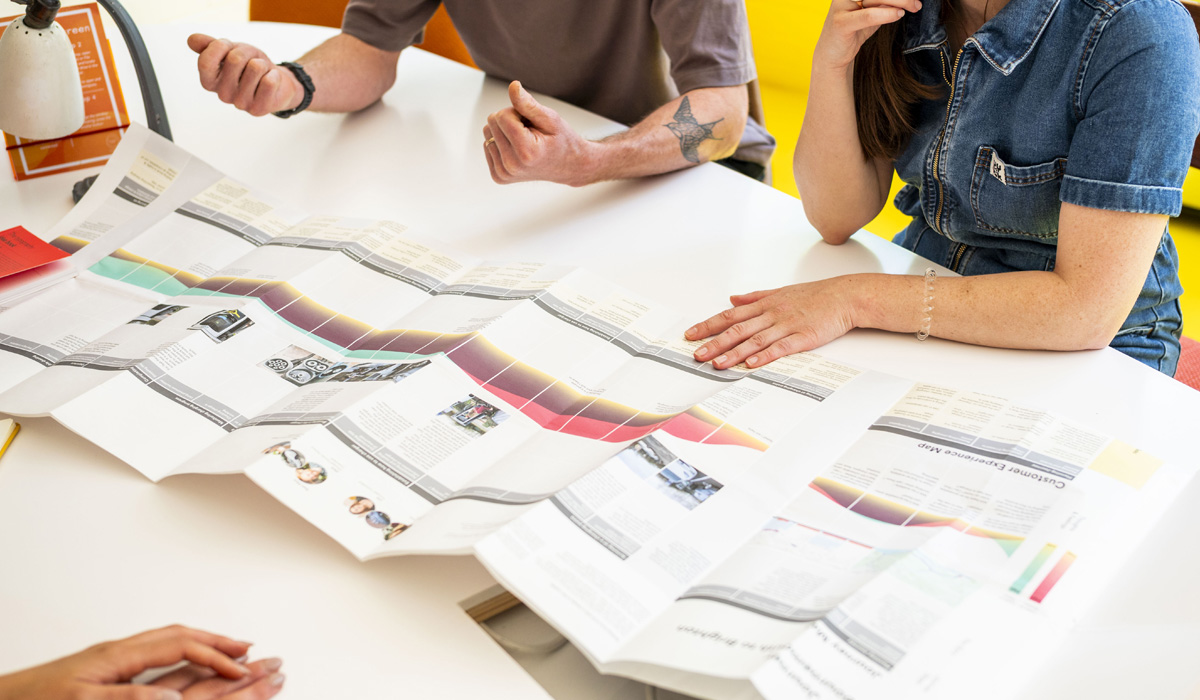
Create Connections
A good place to start when it comes to experience design in a museum or cultural setting is to begin with a customer journey map, which reveals how different touchpoints in the visitor experience are connected. Bringing both front-of-house and back-of-house staff together to work on a journey map creates a platform to visibly show what is essentially an invisible service that underpins the customer journey. This is a powerful way to break down silos and highlight services that are often intangible and where sometimes people don’t see the connection until it is visually displayed.
Part of the mapping should include assessing pre-visit information. From clear opening times, to pricing, accessibility, sensory-friendly hours, parking, and the option to pre-book exhibition tickets or use vouchers to supplement the visit, these can all boost visitor commitment before arrival.
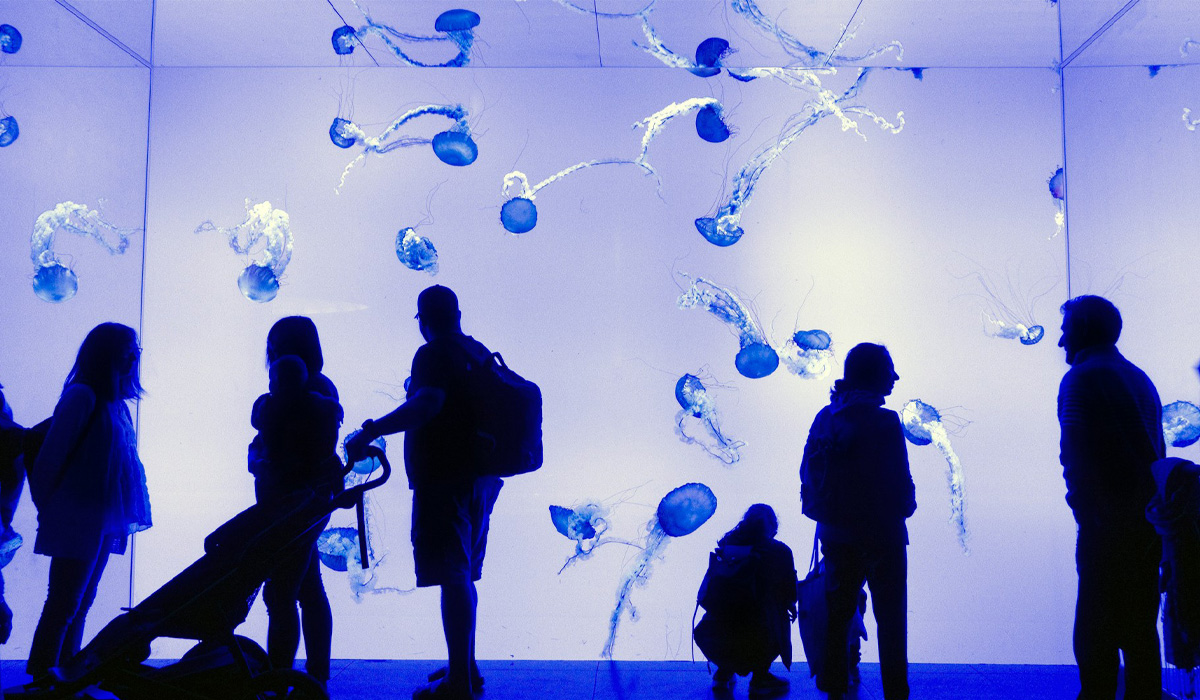
Enhancing visitor value and engagement
Small, thoughtful interventions during a visit can have a big impact. Consider moments to increase engagement and inadvertently upsell during the visit. Sensory bags for children, available to rent for a small fee, offer an engaging, entertaining and sustainable solution to engage children of different ages and at a small cost this provides an additional revenue stream and simple way of increasing visitor spend by just a pound or two.
Immersive storytelling for children is often underused but can have a huge impact on the experience for children (and adults!) and their interaction with the exhibition. Immersive journeys - where all the senses are engaged through sound, touch, smell create memorable and nostalgic experiences. Experiences where visitors can create their own journeys and trails can be very interesting. In the same way mountaineers get to name a trail route, task visitors with creating an experience of their own. Turn what would be a passive visit into an active visit, increasing emotional investment and time on site.
In doing so you’re potentially increasing the financial spend per visitor but also the overall value of that visitor - their satisfaction is likely to lead to a repeated visit and becoming an advocate for the museum or attraction.
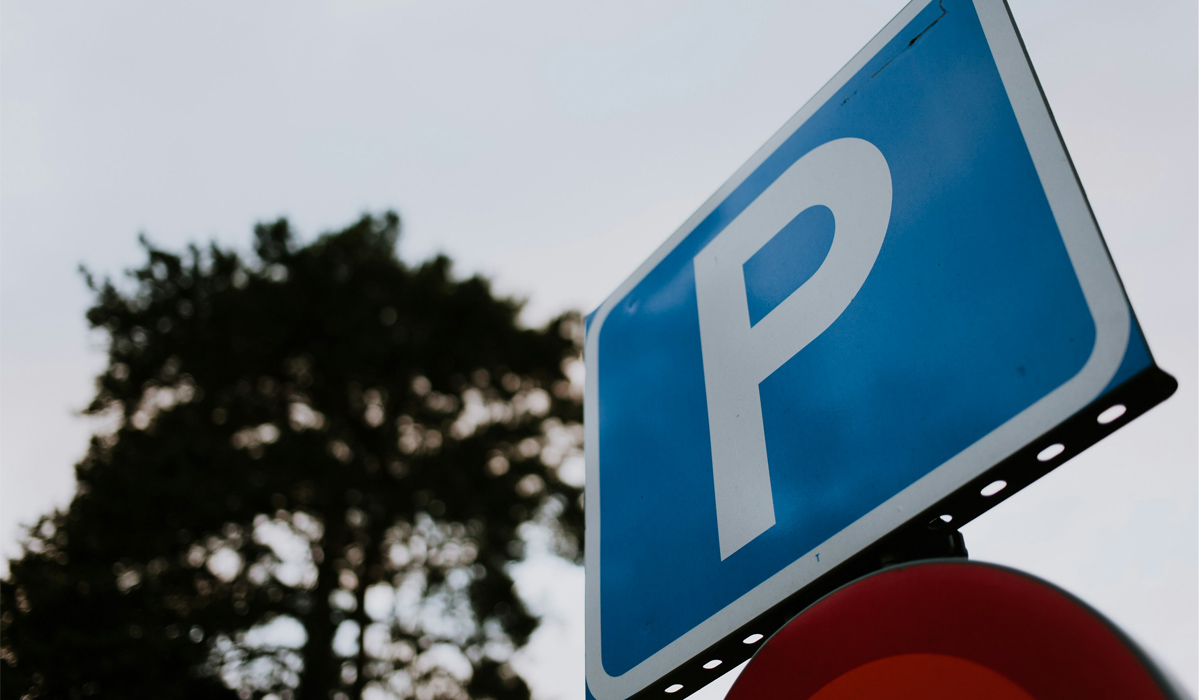
Improve on-site amenities
Some of the most impactful changes in the customer experience are the most practical.
Free, reliable WiFi - it may seem like an obvious one, but having a reliable WiFi connection that visitors can connect to easily is key. It allows people to linger, some may even come to the museum as a different place to be in, possibly doing some work or checking emails whilst visiting. This opens up a whole new audience, who are likely to stop for lunch, for coffee and cake - ultimately increasing their spend per visit. We can take models from gyms and health clubs here, who do this very well - encouraging dwell time and upselling in between classes, boosting the time on site and consequently revenue upsell.
A well curated, locally sourced and stocked gift shop is a great way to encourage further spend on site. Alongside this, ensuring inclusivity in food menus is key. Accommodating different dietary requirements can have a huge influence on choices of places to visit. Rather than clumping together everything into one gluten-free vegan option, consider offering a variety of healthy options for different requirements. There is market demand for high quality healthy food and this could be a deciding factor for some families.
Making amenities as convenient as possible is key, including the ability to pre-book parking, installing great signage and direction from public transport links, and allowing for comfortable areas to sit and increase dwell time.

The follow up
Far too often the visitor experience ends at the door. Sending a follow up thank you email with a short survey, membership and loyalty offers could encourage repeated visits and spend. Leveraging social media with a competition could be a great idea to encourage further engagement, for example a campaign to win a free family pass to the museum, or a year’s free membership, extending the reach of the brand beyond the visit.
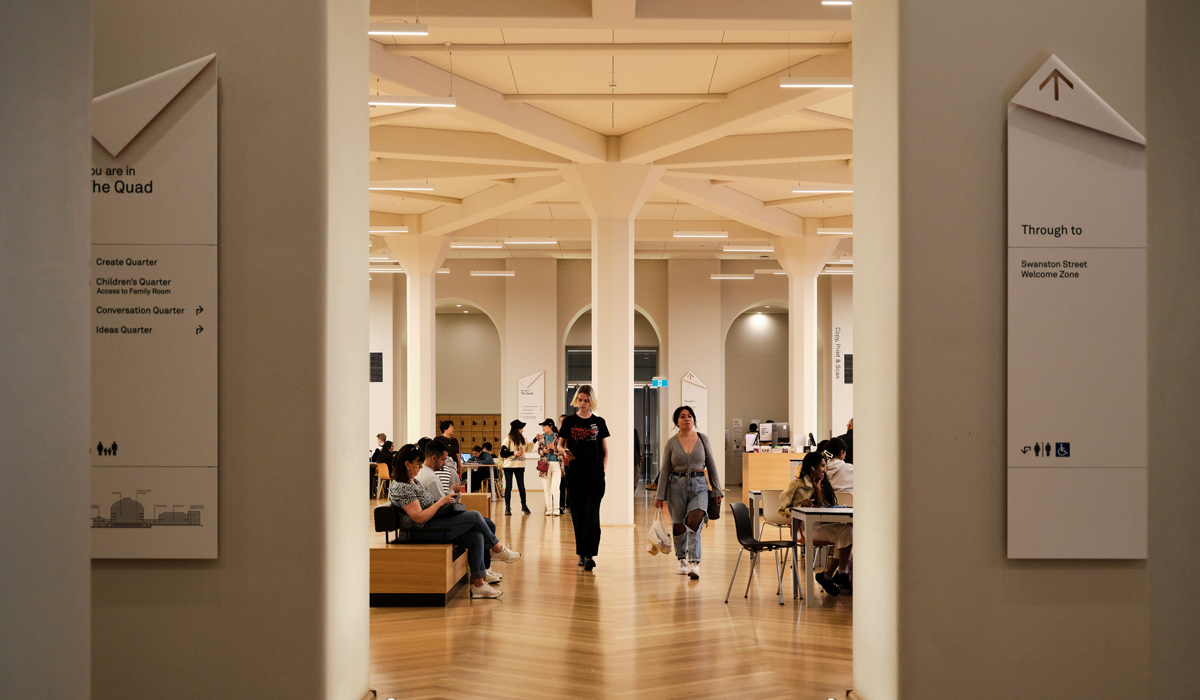
The risk of neglecting the customer experience
Failing to invest in CX can cost more than missed revenue. With so much choice in the cultural and heritage sector, a poor experience ultimately leads to visitors heading elsewhere.
If you offer memberships, and are not delivering on this variety and evolving to create better customer experiences, visitors will likely move their memberships elsewhere. A lack of accessibility could exclude entire audience groups and forfeit the ‘purple pound’. Missing out on upselling opportunities whether through on site experiences or digital follow ups limits the potential returns of each visitor. Ultimately, not designing for your customers and understanding their needs risks reduced funding or investment and could start a downward spiral in visitor numbers and spending.
Now more than ever, museums and cultural institutions need to adopt a customer centric mindset and strategy to grow and thrive. Understanding your audience, anticipating their needs and designing for them, unlocks the potential to increase visitors numbers, satisfaction, loyalty and spend.
Want to see what this could look like for you? Book into a free 30-minute consultation to help you understand how journey mapping and customer experience design could support your museum or destination.
Sign up here to speak to Lisa Baker, our Head of Experience Design & Sustainability, or with one of our Principal Experience Designers.
Written by:
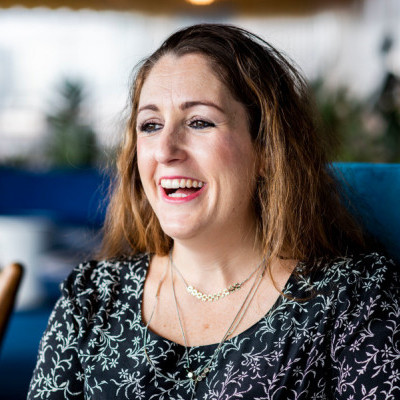
Lisa Baker
Head of Experience Design & Sustainability
Lisa is a Chartered Human Factors Specialist with 18 years of experience across various industries, including healthcare, transport, culture and heritage. Lisa specialises in bridging human factors and service design to create innovative and sustainable customer services and experiences, grounded in evidence.